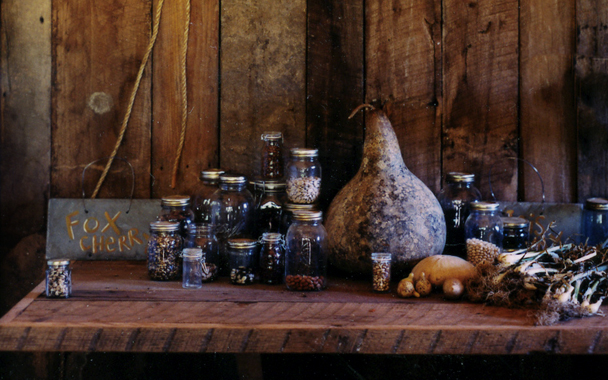Forellenschluss lettuce may not become a household name anytime soon, but it will soon be showing up on menus throughout New England, thanks to Chefs Collaborative and Slow Food USA.
This spring, as part of Slow Food’s RAFT (Renew America’s Food Traditions) program, the Collaborative, which is dedicated to connecting chefs to local farmers, recruited 28 New England farmers to plant 16 varieties of heirloom vegetables traditionally grown in the region (including Boothby’s blonde cucumber, Boston marrow squash, true red cranberry bean, and Gilfeather turnip, to name a few). The produce will be purchased, prepared, and served this summer and fall by 35 chefs with restaurants in Boston; Providence, Rhode Island; and Portsmouth, New Hampshire.
Horticulturally, the term heirloom generally refers to plants that predate the 1950s, when seed companies first introduced modern, cross-bred hybrid varieties. Heirlooms are also open-pollinated, meaning that gardeners and farmers can collect seeds one season, save them, and replant them later. The crop will come back true to type. Hybrids do not, so they must be purchased every year, making them popular with large seed corporations. Lacking the commercial appeal of hybrids, many heirlooms have vanished or are in danger of extinction.
For the Collaborative, the “grow out” is a win-win situation. Growing the venerable varieties will help restore agricultural biodiversity, and it will also strengthen ties between the farmers who raise them and the chefs who cook them. According to Leigh Bellanger of the Collaborative, the intention is to eventually expand the program throughout the country.
I’m all in favor of heirlooms. But I pity the poor servers whose duty it will be to describe not only the vegetables’ provenance, but their pedigree as well.




 Pinterest
Pinterest


